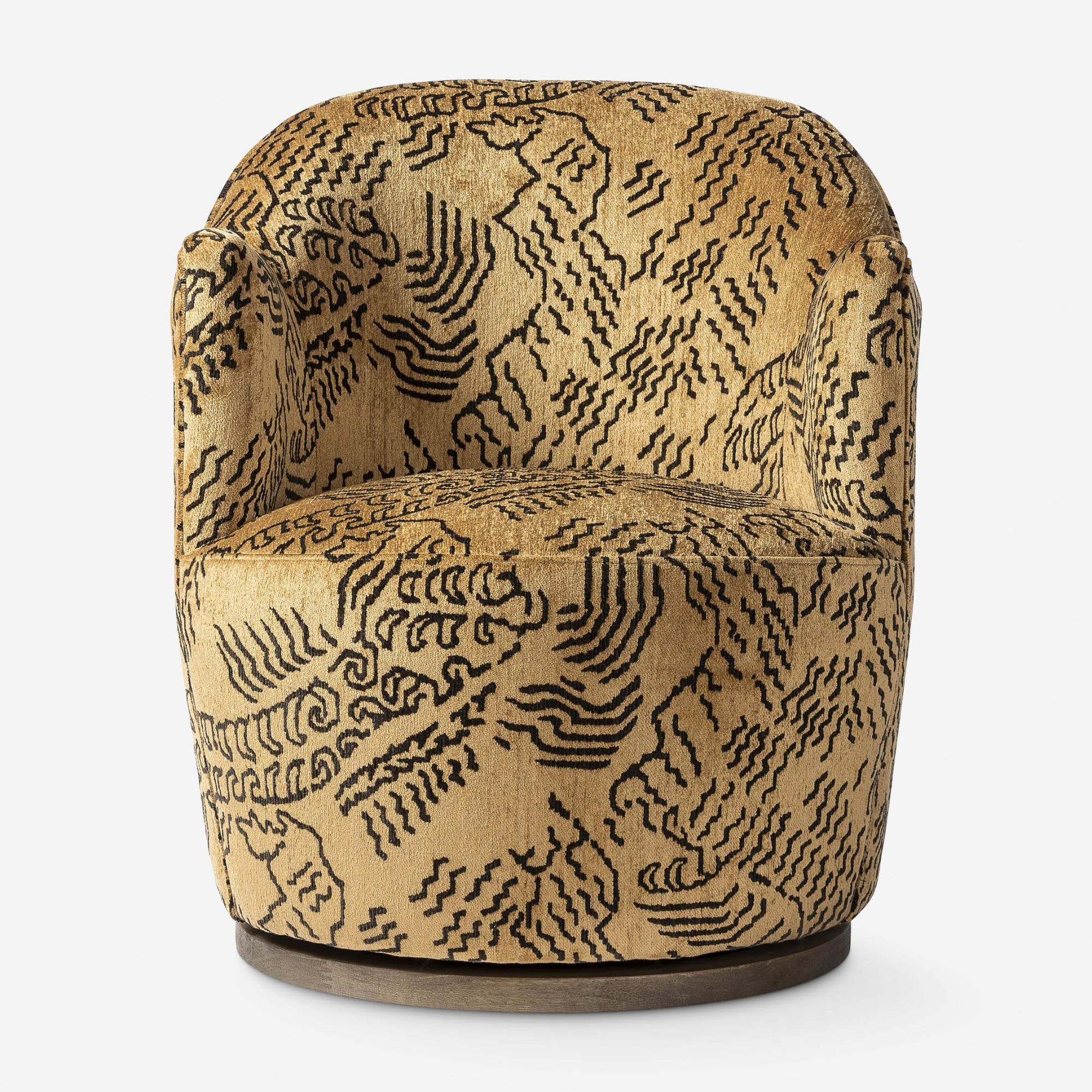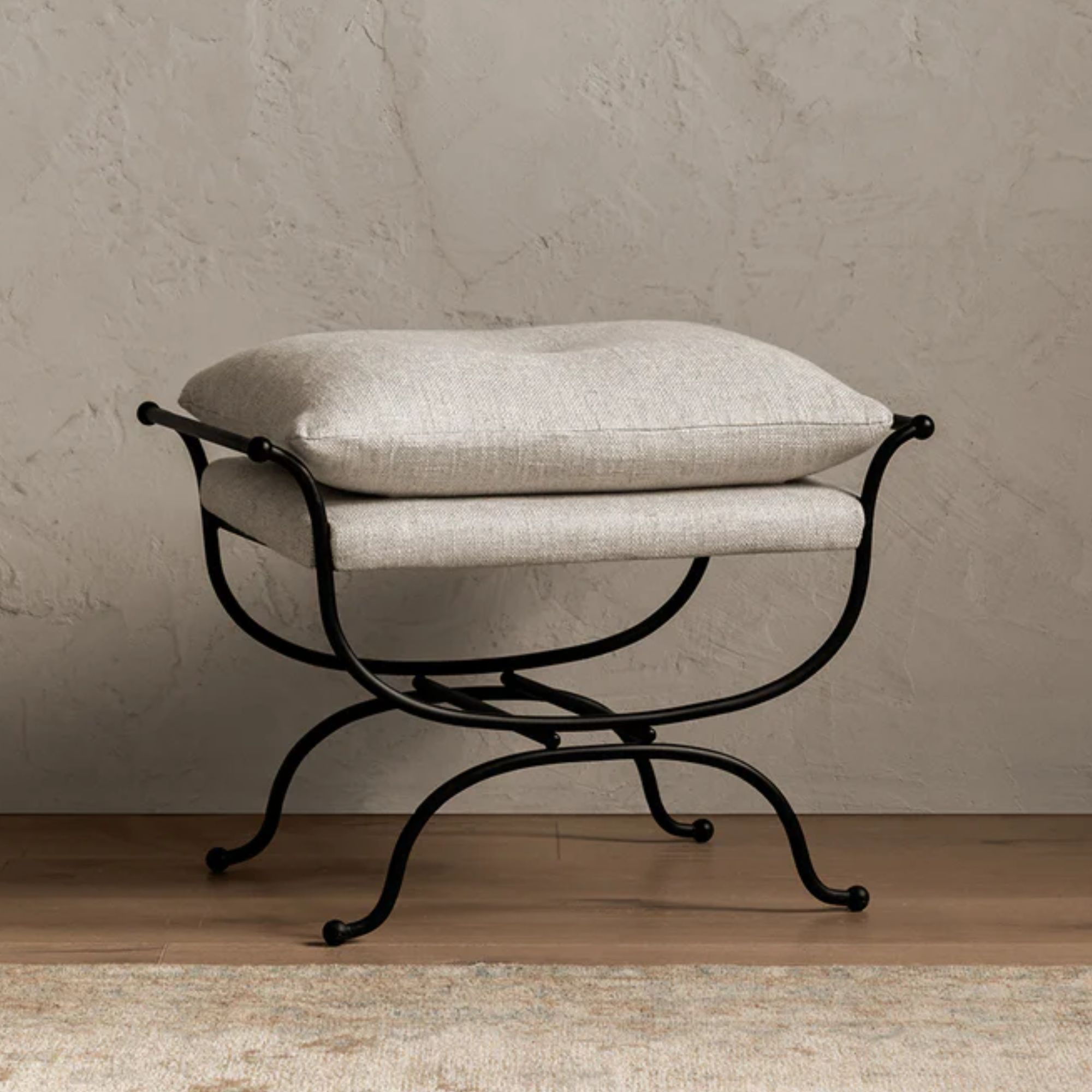How to design the perfect space for socializing – expert tips from interior designers
Martin Hulbert and Jay Grierson of Martin Hulbert Design talk through how they design inviting rooms that are all about entertaining
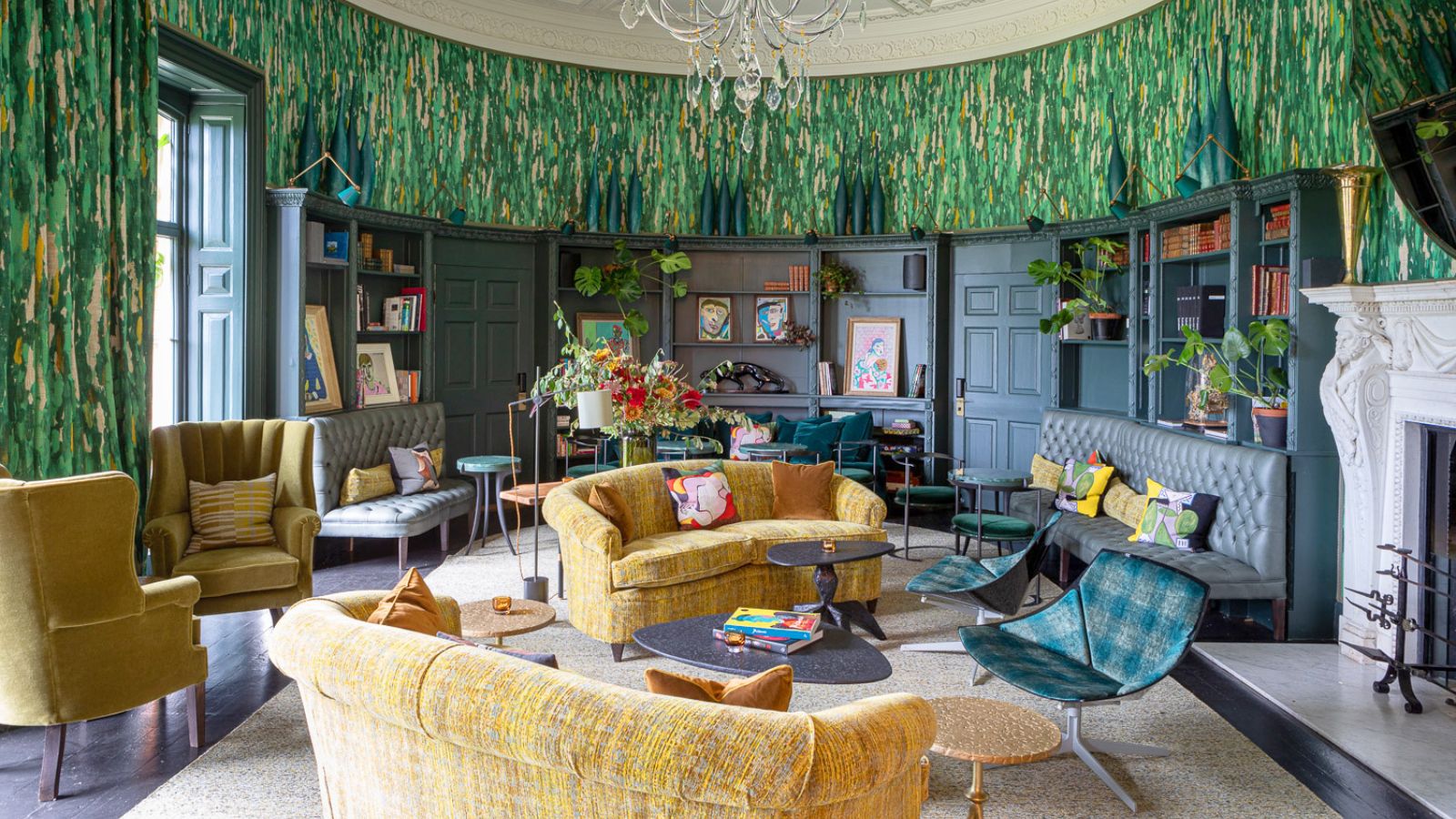
The most important thing when you’re creating a space where you want to entertain is to design somewhere that has the right atmosphere, that feels inviting, and where everyone feels comfortable.
When we entertain, we both like to make things as informal as possible. When you have people around to your home, it’s about having fun, relaxing, and enjoying each other. You don’t want to create an interior that’s stark, stiff and pretentious.
1. Bring in a variety of seating
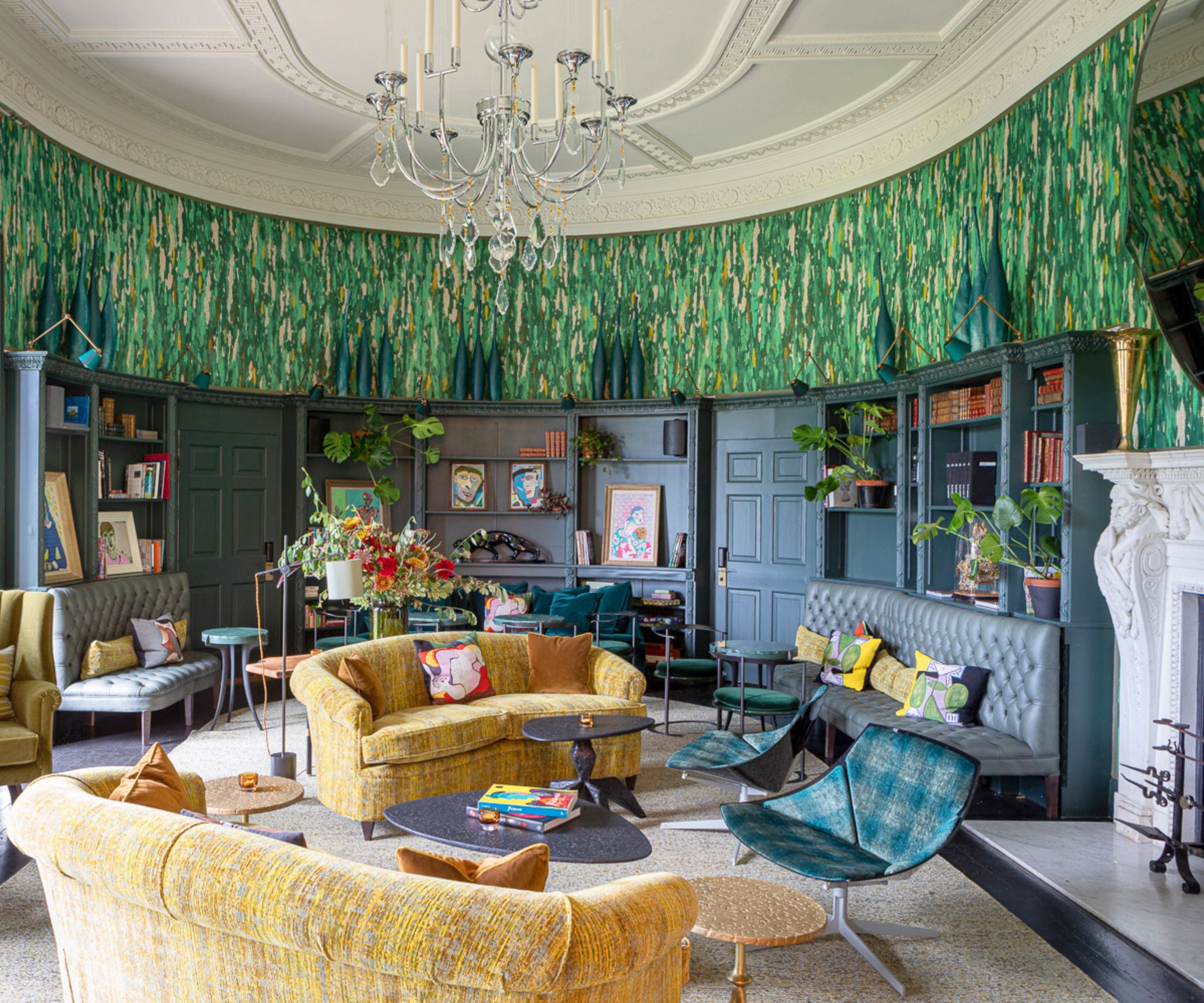
One of the first things to consider with the room’s layout is seating ideas. At Martin Hulbert Design, if we’re planning a hotel or a restaurant, we take inspiration from how a big country house drawing room might be laid out. Different types of furniture, from sofas and formal chairs to stools of different heights, help break the space into different zones and allow people to move around freely.
A small table in a corner can be a good place for people to perch. We often have stools that live underneath the coffee table, which prevents the room from looking like a sea of chairs.

Martin Hulbert has been part of the interior design world for over 25 years, working on a wide variety of award-winning residential and hotel projects around the world. Jay Grierson joined his team in 2005 and together they created Martin Hulbert Design in 2010.
2. Consider how the room will sound
Sound is an important thing to consider when you’re designing a room that will be filled with people. Having enough soft furnishings is essential to prevent that tinny sound, which guests might not consciously notice, but it will leave them feeling strange. Fabric walling in dining rooms is incredibly luxurious, but if you can’t do that, consider using huge banners of fabric to help absorb more of the sound and give a warmer feel to the room.
Also great for dampening sound and making the atmosphere softer, are curtains, particularly in a beautifully made linen, which falls perfectly.
3. Keep the lighting soft and dim
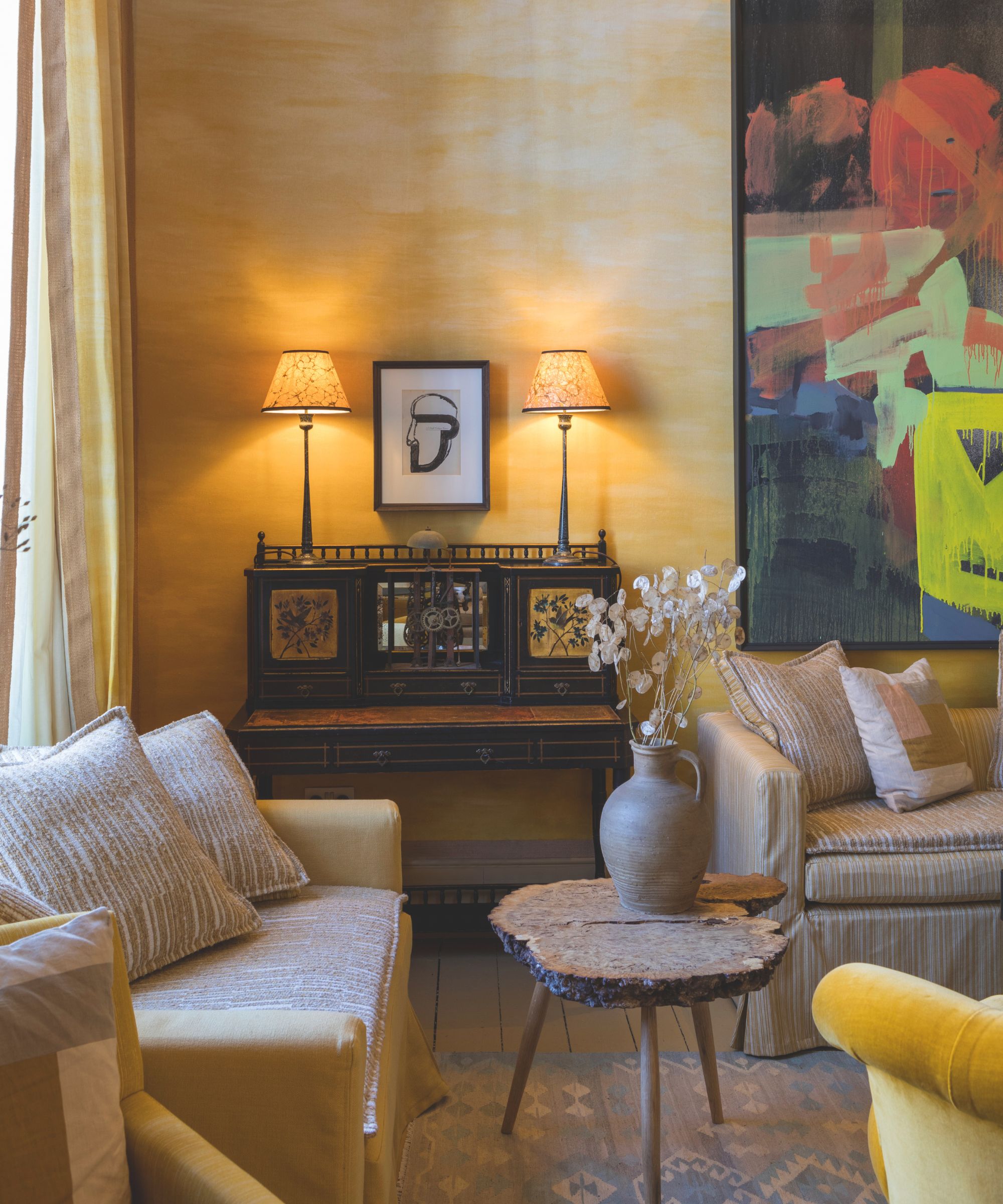
Lighting is also key to creating the right atmosphere. Never have overhead lights on; instead, aim for a slightly underlit room. Lamps at different heights give you all the light you need, and lampshades in warm colors create a cozy feeling. Sometimes I even spray paint the insides of them gold, to give a softer glow.
4. Be flexible
You need to be flexible with your space. People tend not to end up where you expect them to. It can be nice to move your guests around the house. For Christmas dinner, it’s nice to start with canapés in an informal room – not the dining room – allowing the host to pop back to the kitchen to finish the rest of the food, then move your guests into the dining room to serve dinner. Keeping things informal makes everyone feel more relaxed.
5. Think about how to encourage conversation
We host an occasional supper club together and we’ve found that small sharing plates is the perfect way to encourage sociability. We rarely would use matching plates; it is better to think about how a dish would look on a plate.
We both like collecting pottery so it’s nice to be able to use your found items. If your dining table isn’t large enough to accommodate all the guests, you can buy a large board and put it over the table, then throw over a cloth. A square table can be nice instead of a long rectangular one, because everyone is facing each other and there is no head, plus it creates more space in the middle for flowers and food.
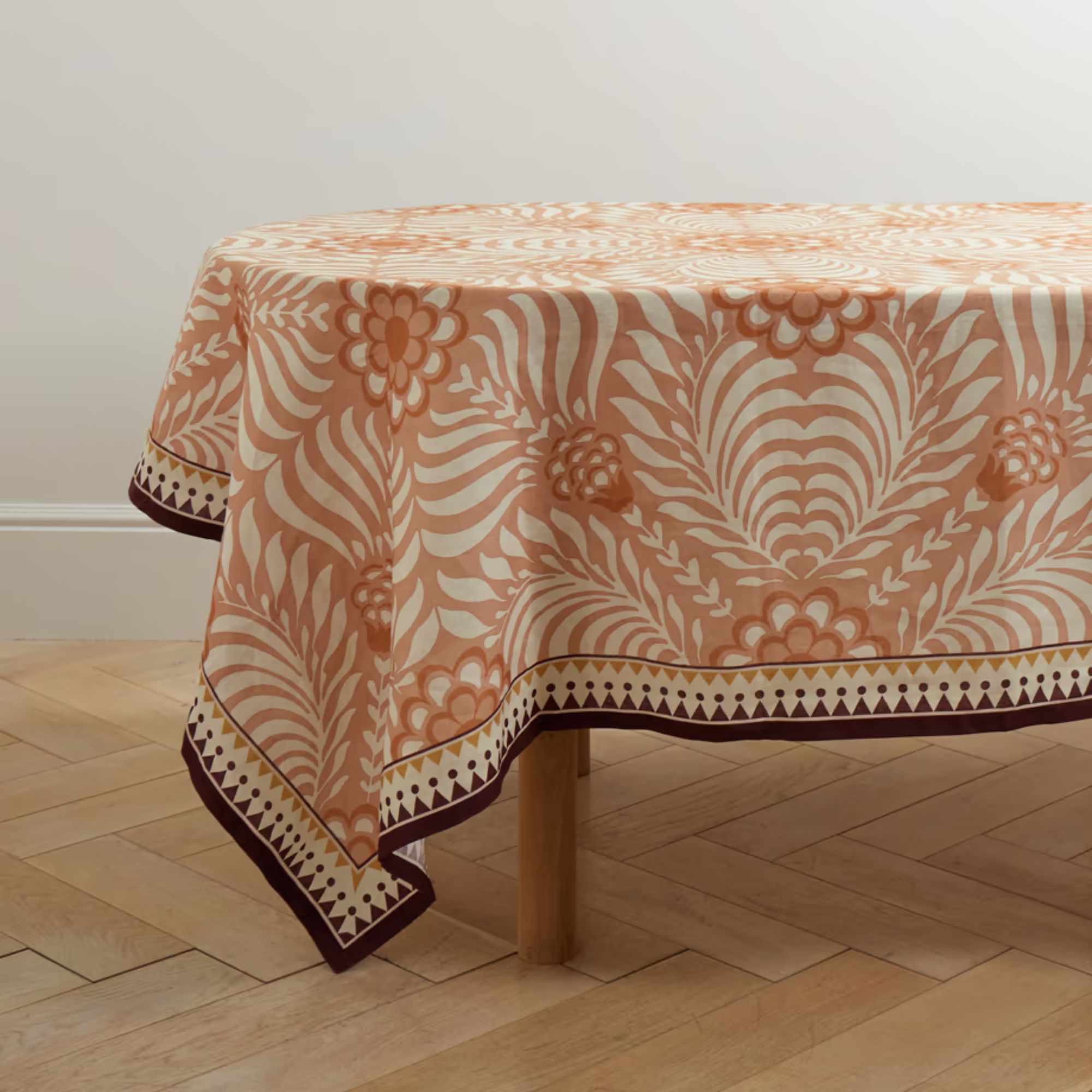
A large and beautiful tablecloth is essential when hosting friends for lunch or dinner. This cloth has the perfect amount of pattern and color to add some interest to your setup but you could definitely layer with other prints and colors.
Sign up to the Homes & Gardens newsletter
Design expertise in your inbox – from inspiring decorating ideas and beautiful celebrity homes to practical gardening advice and shopping round-ups.
-
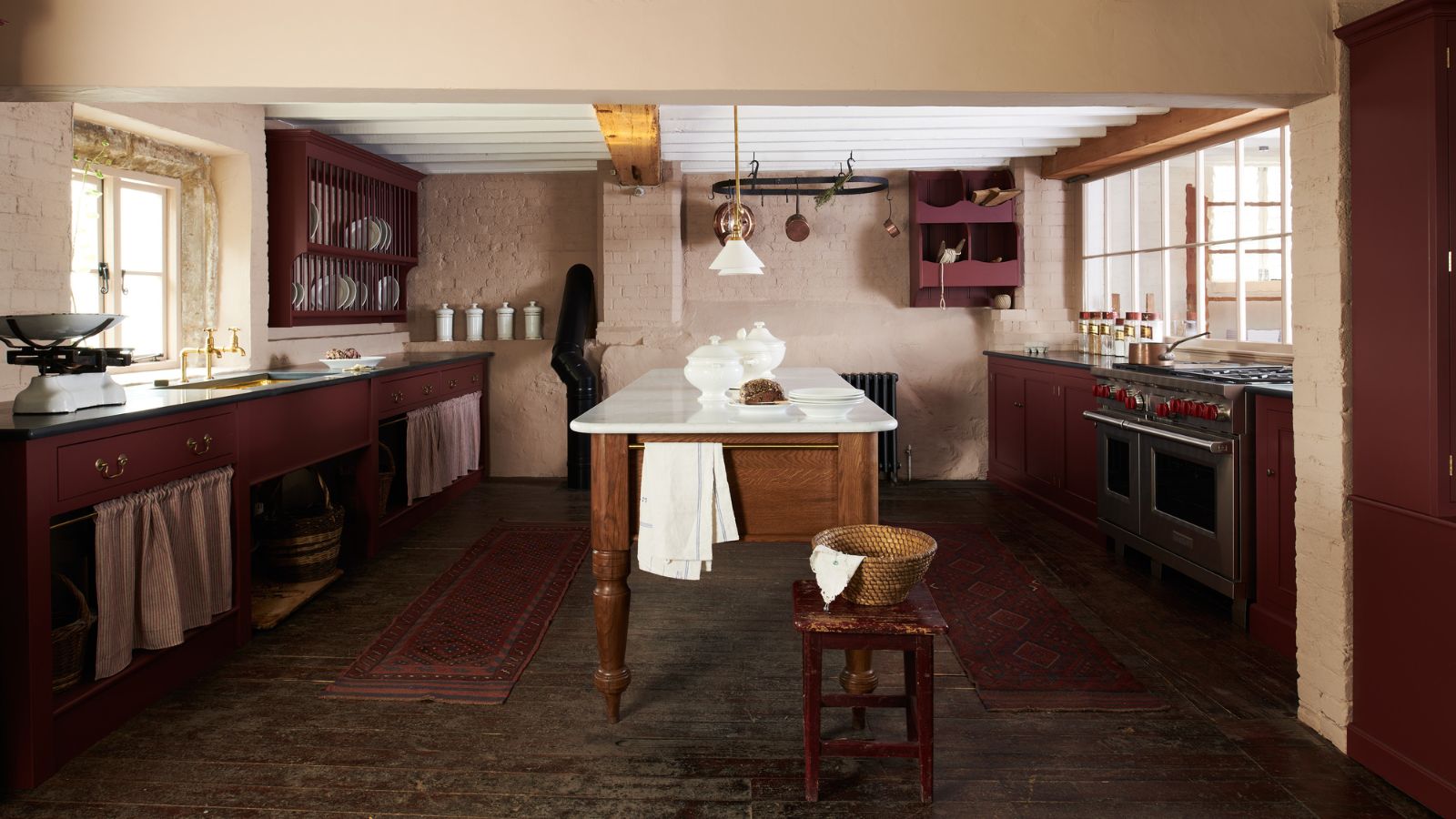 What clearances, measurements, and spacing do you need to know about when designing a kitchen? We'll talk you through the key rules to follow
What clearances, measurements, and spacing do you need to know about when designing a kitchen? We'll talk you through the key rules to followMake sure your kitchen is easy to use as well as elegant by following the space rules
By Sarah Warwick Published
-
 How to plant hosta seeds – for lush green leaves in shaded pots and borders
How to plant hosta seeds – for lush green leaves in shaded pots and bordersExperts share their top tips on growing these fabulous foliage plants from seed
By Holly Crossley Published
